8,000 Miles in 24 Days
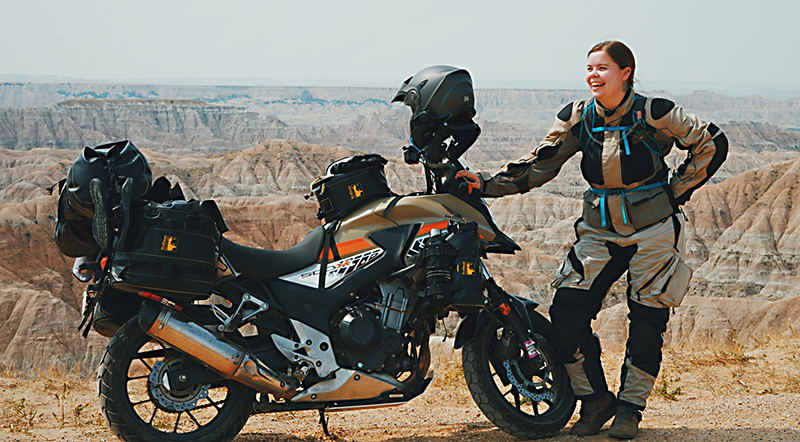
Riding 8,000 miles in a loop around the U.S. on my Honda CB500X motorcycle in 2020 presented some unique challenges. This was not my first long distance motorcycle camping trip, but it was the first time I made it to the Eastern side of our beautiful country. These are a few of the lessons I took away from that experience.
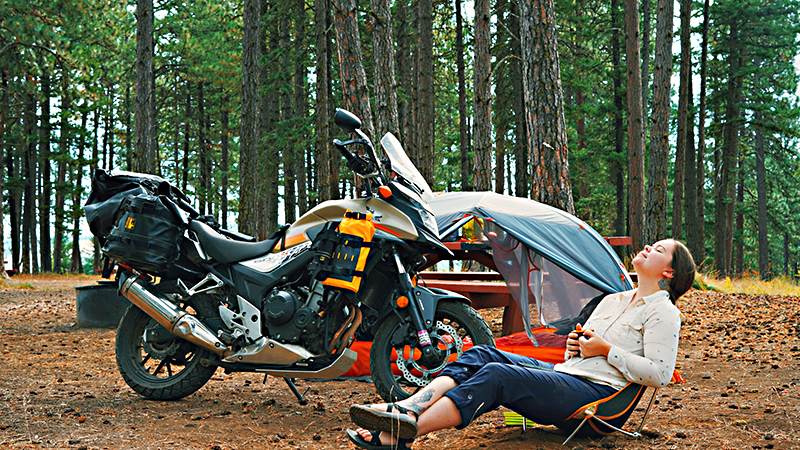
Get to Camp Well Before Dark
Getting to camp well before dark is a lesson I thought I learned on one of my other long-term motorcycle camping trips, but I guess I didn’t learn it well enough. Due to an ambitious plan, most days I ride as long as I can. Reaching my destination just before sunset means I have to set up my tent using a headlamp. This happened all but once in the 24 days of my tour!
I am still learning that I can probably sacrifice that last hundred miles in order to set up camp and make my food during daylight. It’s good for my mental health to have that little bit of extra time at the end of the day to unwind without the rush of setting up camp in the dark.
Finding Camp on the East Coast is NOT like Finding Camp on the West Coast
2020 was not the year everyone thought it would be and has changed our world dramatically. COVID-19 constraints resulted in many more people discovering camping and outdoor activities more than ever. While it’s awesome to see more people enjoying the outdoors, it makes finding available campsites extra challenging.
Reservations are almost a requirement to avoid riding far from the intended route, away from highways and interstates. And once at those remote campsites, it’s a crapshoot whether they are open or have sites left. Many of these smaller campgrounds don’t always have up-to-date information online. So finding a campsite takes a bit more research to make sure I have backups for my backups.
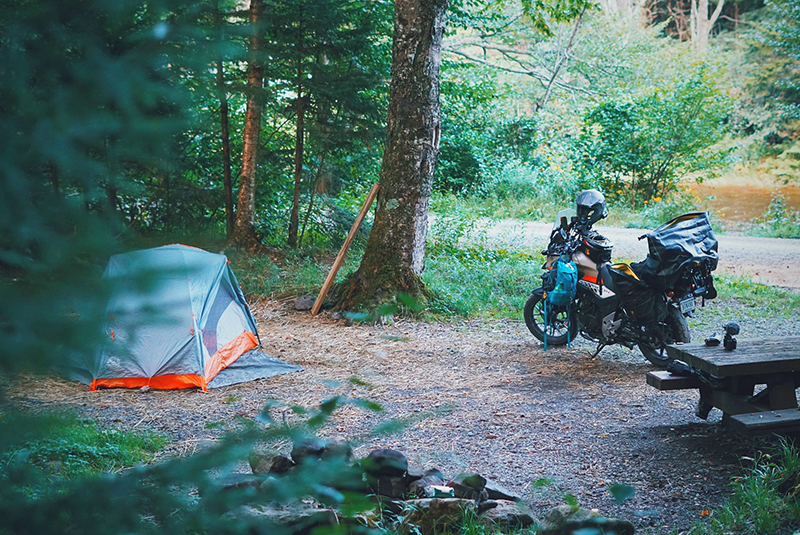
Waterproof Gear
Bringing waterproof gear is another lesson I seem to always have to relearn every few years. On this trip, the “waterproof” liner in my riding suit failed, which is why carrying a tiny cheap backup, like a poncho, is a good “just in case” if you have a motorcycle gear failure.
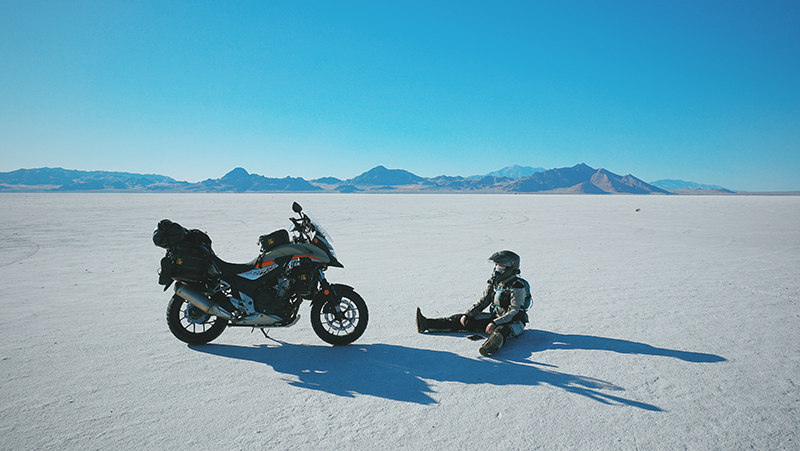
In addition, I recommend keeping some of your more vital things like electronics and paperwork in their own waterproof container even if your luggage is waterproof. Again, a backup to the backup.
If You Need the Rain Fly, Use the Stakes
If the weather looks like it’s turning, or even if it’s just a little chilly and you feel like you should put the rain fly on the tent, always stake it out. Staking out your rain fly ensures that you have the best form of ventilation your tent can provide, which will keep most of the moisture that builds up on the underside of your rain fly away from the mesh of your tent. This will prevent the vast majority of mini rain storms that can happen inside your tent the morning after a cold night.
Having More Than a Headlamp for Light is Awesome
For this trip I decided to sacrifice the small amount of extra space I had in order to bring a Biolite string light to hang in my tent. Wow! It was so much better than trying to hang my headlamp in the tent. Having a source of radiant light in addition to the directional light of a headlamp is a game changer. It reduces your eye strain to see things when you’re shuffling around in your tent and adds a wonderful homeyness to the tent.
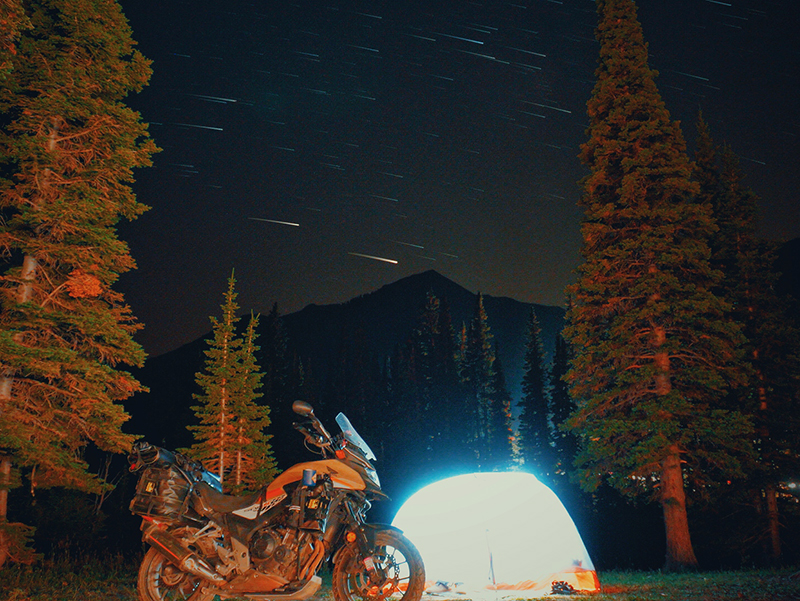
You can check out the whole trip and follow Amanda on her YouTube channel, Flight of the Magpie.
Do you have a moto tale to tell? Find out here how you can share your story on WRN.
